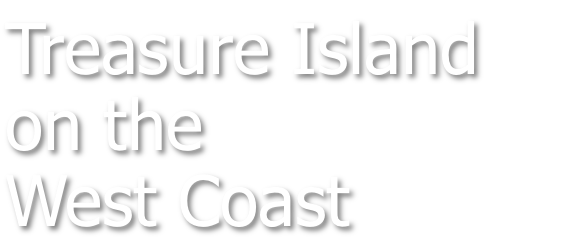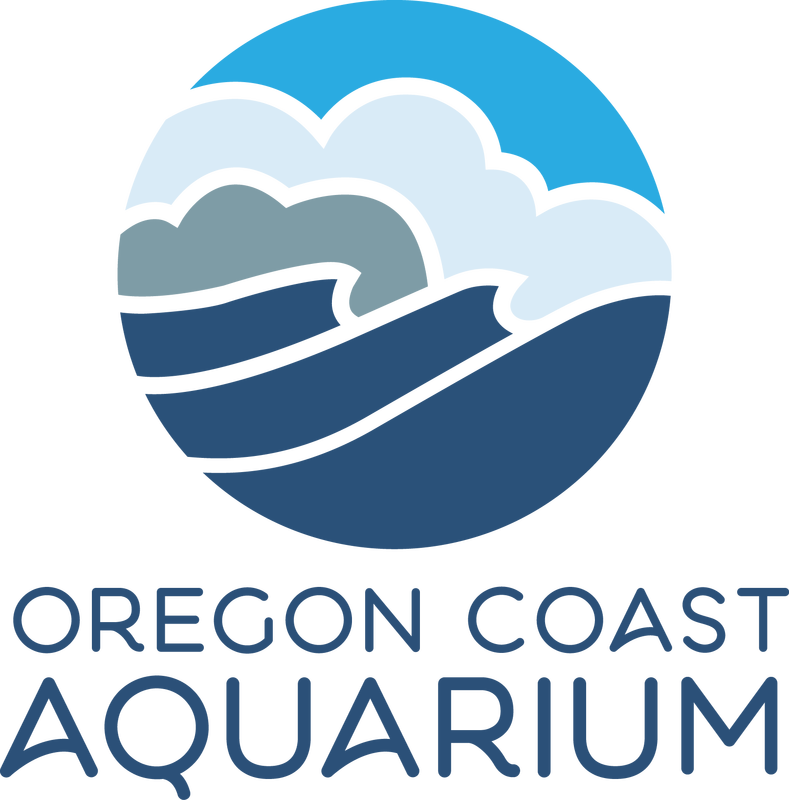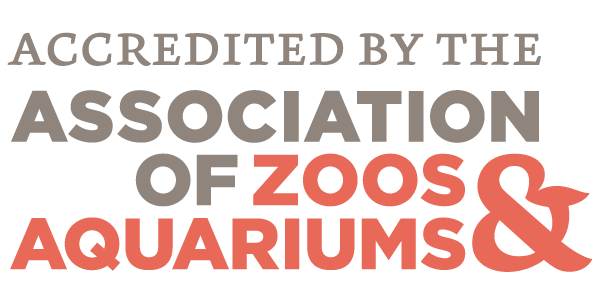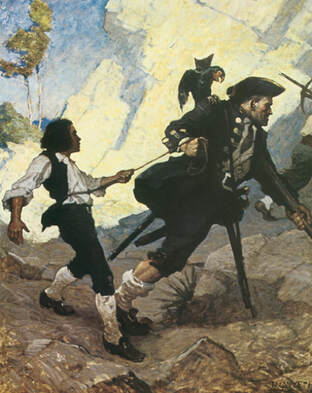
EXPERIENCE > YOUTH ACTIVITIES > READING AND WRITING
Despite its Caribbean setting, did the world’s most famous pirate novel have a connection to the Pacific Coast of North America? Some historians think so, but it might be wishful thinking.
Treasure Island is the story of a teenage boy named Jim Hawkins who finds himself wrapped up in an epic search for buried pirate treasure. Published in 1883, the novel became an instant best-seller and set the tone for nearly every popular depiction of pirates and ocean adventure up to the modern day.
Even if you haven’t read it, chances are you’re familiar with character names like Long John Silver and Billy Bones? Some of the pirate lingo popularized in the book can still be heard in modern movies or television shows — such as “the Black Spot,” “old sea-dog” or “Yo-ho-ho and a bottle of rum!”
Despite its Caribbean setting, did the world’s most famous pirate novel have a connection to the Pacific Coast of North America? Some historians think so, but it might be wishful thinking.
Treasure Island is the story of a teenage boy named Jim Hawkins who finds himself wrapped up in an epic search for buried pirate treasure. Published in 1883, the novel became an instant best-seller and set the tone for nearly every popular depiction of pirates and ocean adventure up to the modern day.
Even if you haven’t read it, chances are you’re familiar with character names like Long John Silver and Billy Bones? Some of the pirate lingo popularized in the book can still be heard in modern movies or television shows — such as “the Black Spot,” “old sea-dog” or “Yo-ho-ho and a bottle of rum!”
A West Coast Connection?
The novel was set in the Caribbean and its author, Robert Louis Stevenson, was from Scotland. But some historians think that the inspiration for the mysterious island where most of the book’s action takes place was based on the west coast of North America. There is some historical basis for this, as Stevenson lived just north of San Francisco in 1880 while celebrating his honeymoon. From their remote cabin high on the slopes of Mount Saint Helena (not to be confused with Mount St. Helens in Washington state), Stevenson, his wife and her teenage son explored the forests, bays and coastline. One of the locations the family may have enjoyed was Point Lobos, a picturesque area (shown above) of thick forests, hidden coves and mist-covered headlands about 125 miles (201 km) south of San Francisco.
A couple of years later, after returning to Scotland, Stevenson began working on his first draft of Treasure Island which included a map of the fictional isle which many think bears some resemblance to the Point Lobos area. In particular, they claim Stevenson’s description of the fictional “Spyglass Hill” is very similar to a headland at Point Lobos. Additionally, the novel describes the island as being covered in a dense pine forest which came all the way down to the beach – similar to those of the Point Lobos area but not so closely associated with a Caribbean island.
A couple of years later, after returning to Scotland, Stevenson began working on his first draft of Treasure Island which included a map of the fictional isle which many think bears some resemblance to the Point Lobos area. In particular, they claim Stevenson’s description of the fictional “Spyglass Hill” is very similar to a headland at Point Lobos. Additionally, the novel describes the island as being covered in a dense pine forest which came all the way down to the beach – similar to those of the Point Lobos area but not so closely associated with a Caribbean island.
Other Inspirations?
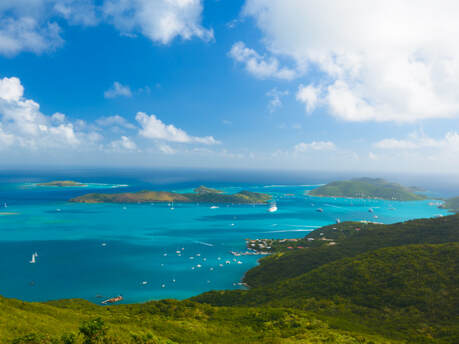
Of course, these connections are largely speculative. Stevenson traveled widely and kept detailed journals of the places he visited, including many of the islands of the Pacific Ocean. But interestingly, he never wrote specifically of Point Lobos nor revealed his true inspiration for the island where young Jim Hawkins sought pirate treasure. Other possible inspirations for Treasure Island include the British Virgin Islands (Caribbean Sea, shown right), Fidra (an uninhabited island off the coast of Scotland) and even an island in New Jersey on the North Atlantic seaboard.
Most likely, Treasure Island was distilled from many different sources, fused together by Stevenson’s imagination and flare for description.
Related Information: Buried Treasure on Neahkahnie Mountain? | Uncharted: Sir Francis Drake’s Oregon Adventure
Most likely, Treasure Island was distilled from many different sources, fused together by Stevenson’s imagination and flare for description.
Related Information: Buried Treasure on Neahkahnie Mountain? | Uncharted: Sir Francis Drake’s Oregon Adventure

